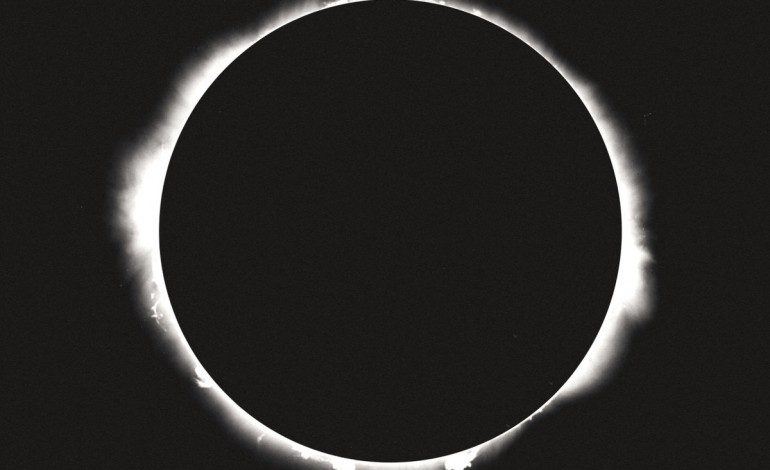

One Must Imagine Sisyphus Listens to Instrumental Psych
Ramleh’s Circular Time begins with Zeppelin III-esque acoustic strumming, drenched in effects before the distortion kicks in. But opener “Re-entry” still proceeds in the style of Zeppelin’s subtlest record. The chord progression hints at the same sort of ennui. The caterwauling distortion and e-bow laden guitar, the driving drums are reminiscent (in tone) to “Immigrant Song.” There are even hints of North African melodies (a favorite touchstone of Jimmy Page’s musical language). There are no vocals on Circular Time, but in some sense the wailing guitars emulate Robert Plant. The record, however, lacks Zeppelin’s iconic power.
There’s not a lot of bass in the mix. It’s a very mid-rangey affair and the distortion and aggro-Acid Mothers Temple style drone-and-squall dominates the mix. If you’re a fan of spacey noise-rock it’s easy to sympathize with the choice, and it is not without it’s appeal, but it does kind of white(noise)-wash the pallet. Even the bass intro on “American Womanhood” is backed by hissing and channeled through distortion. The kick drum and snare often sound like they were recorded in a closet— deadened. It makes sense for this instrumental record, especially given the pre-dominance of distortion and treated guitar melodies, but in the moments where the drum tones are highlighted it does subtract from the overall affair. It’s distracting and harkens to a certain amateurism that may be embodied in the stoner rock references which dominate the record (the record is an instrumental, heavy-psych record after all), but in the end it just makes for mid-rangey overtones already given preference in the mix maintaining their omnipresence.
“Liberty Bell” offers a nice change of pace layering in some synths. But it also suffers from the same flaw which stains the rest of the album, despite the promising moments that peek through here and there throughout this uneven record: the repetitiveness. How can a record be repetitive and uneven? On “Re-entry” you’re confronted with an unrelenting wall of noise. Which has its place and purpose. It’s also used to great effect on “St. John of the Cross.” But the record has a formula, as do a lot of heavier instrumental records. And it’s start down low and build. Sometimes it ebbs back to a quiet beginning. Sometimes it flies off into noisy oblivion. But that’s what instrumental records do. What makes groups like Mogwai or Godspeed! You Black Emperor successful is their ability to construct orchestral layers and nuanced mixes that allow the listener to unravel the thread gradually and to reward repeated listenings.
Yes, Ramleh are striving for something a bit more adventurous than post-rock (there are elements of free jazz in “St. John of the Cross” and occasionally even oddly placed paeans to 80s synth-rock). But there’s none of the instrumental wizardry or proto-progressive-metal cum Frippertronic ambiance of King Crimson’s best instrumental tracks. The problem with Circular Time is that there’s not much of a ledge to stand on. It’s just cliff and abyss. So you climb and then fall into the oblivion. Which sounds bad-assed and dark and demanding. But it’s a lot more like Sisyphus rolling his boulder up the hill, only to watch it roll back to the bottom and follow and repeat his task. There’s no point in dreading it, so you just accept it. Ramleh have potential. They have to trim some fat and re-invent some formulas; they have to offer something new besides a pastiche of references from the pantheon of “difficult” instrumental rock music. They have to get a better producer/engineer as well. Maybe then they can tap into Zeppelin’s dread & ennui, Crimson’s experimentalism, or Godspeed!’s symphonic epics. But mostly they should try to bring something of themselves to the next record. Otherwise, bring a handtruck for that boulder, maybe?
